 2025
2025New Paper: Seasonal Variability of Surface Ocean Carbon Uptake and Chlorophyll‐a Concentration
Figure 2 from Turner et al., 2025, showing the seasonal cycles of Chlorophyll-a, pCO2 flux, and surface pCO2, all averaged over the timer period 2000–2020, for the Drake Passage, Northern Shelf, Mid Shelf, and Southern Shelf subregions.
Congratulations…
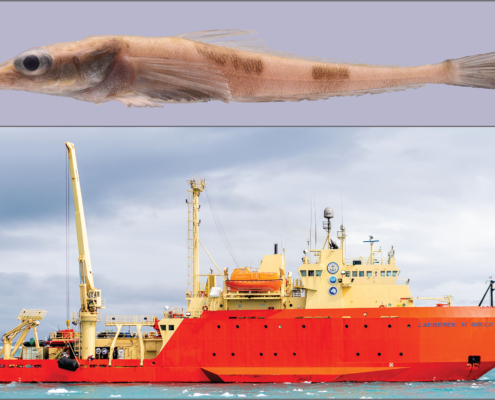
New Species of Antarctic Dragonfish Discovered
A new species of Antarctic dragonfish, Akarotaxis gouldae or Banded Dragonfish, has been discovered in waters off the western Antarctic Peninsula by researchers at VIMS and William & Mary's Batten School of Coastal & Marine…
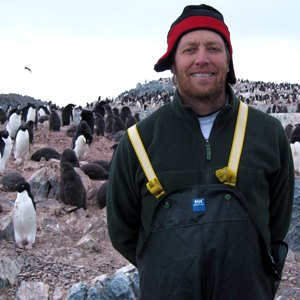
New paper: Watching the Sunrise on our Ocean Planet
PAL PI Oscar Schofield was recently asked to provide a "senior scientist view of the world" as part of the Food for Thought series in the ICES Journal of Marine Science.
In this retrospective, Oscar recounts how he ended up as an oceanographer,…
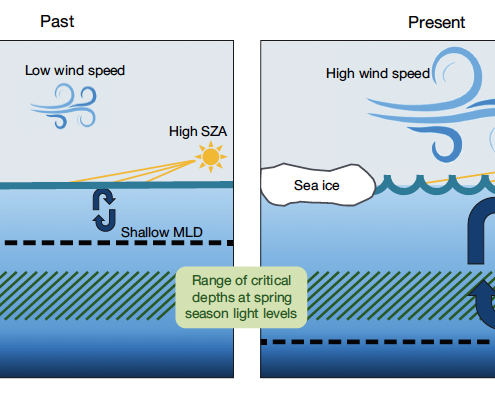
New paper on changing phytoplankton phenology along the Antarctic Peninsula
In a recent paper, Jessica Turner, a PAL collaborator and Postdoctoral Associate at the University of Connecticut, found that phytoplankton blooms are starting later rather than earlier over time, likely driven by increased wind mixing. Her…
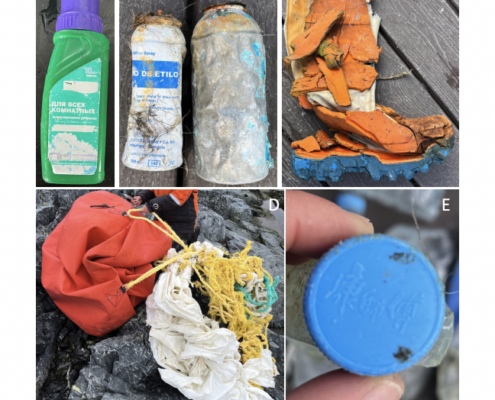
New Paper on marine debris found near Palmer Station
In a new paper, Katherine Gallagher, Gina Selig, and Megan Cimino document their recent observations of marine debris around Palmer Station in Antarctica. Last season, they found 135 pieces of marine debris along the shore, and near the…

New Paper: 60 years of glacial retreat behind Palmer Station
In a new short paper, Megan Cimino, Marissa Goerke, and Shavonna Bent document how the Marr Glacier behind Palmer Station has retreated over the past 60 years. They found that the glacier has retreated about 7.7 meters per year, which…

New Paper: Remote sensing of sea surface glacial meltwater on the Antarctic Peninsula shelf
As the glaciers in Antarctica and especially along the West Antarctic Peninsula melt, it is important to understand where the meltwater is going, and how it will affect the oceanic ecosystem. In the latest issue of Frontiers in Marine Science,…

New Paper: Influence of seasonally varying sea-ice concentration and subsurface ocean heat
Do you love 1-D ocean-sea ice models? Then check out the latest paper by Ben, Darren, Scott, Doug and Sharon. Kudos to the team!
For more, check out the abstract and citation below.
Processes driving changes in sea-ice seasonality and…

New Paper: Krill body size drives particulate organic carbon export in West Antarctica
This week's issue of Nature includes a new article from PAL LTER team members Rebecca Trinh, Hugh Ducklow, Debbie Steinberg, and Bill Fraser. Congratulations to the team!
For more, check out the abstract and citation below.
The export…
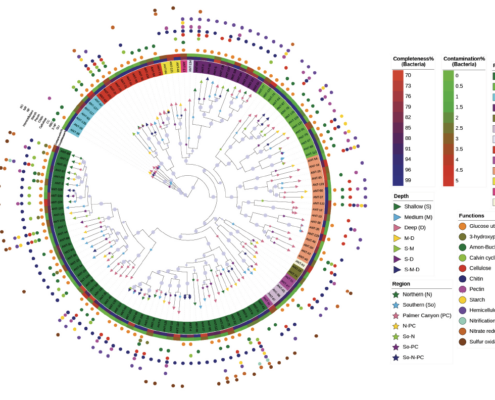
New Paper: Depth drives the distribution of microbial ecological functions in the coastal western Antarctic Peninsula
Congrats to Avishek Dutta and the team for their recent paper in Frontiers in Microbiology. Here's the abstract...
The Antarctic marine environment is a dynamic ecosystem where microorganisms play an important role in key biogeochemical…
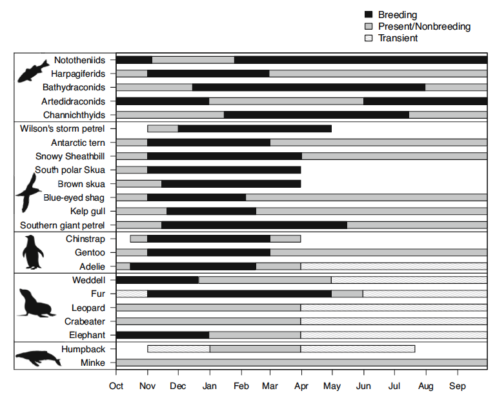
New Paper: Long-term patterns in ecosystem phenology near Palmer Station
Congratulations to Megan Cimino and many other members of the PAL team who just had a new paper published in Ecosphere.
Here's a quick snippet...
We show that sea ice retreat and increasing photoperiod in the spring trigger a sequence…

Antarctic research links warming to fish decline
A long-term study in the Southern Ocean reveals a correlation among warming waters, decreased sea ice and reduced abundance of Antarctic silverfish. These small fish are important prey for penguins, seals and other marine life.
The study…
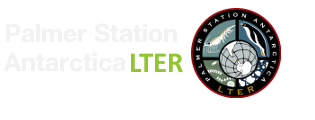

 This site was developed with the support of the National Science Foundation under Grant No. OPP-2224611 and OPP-2026045. Any opinions, findings, and conclusions or recommendations expressed in this material are those of the authors and do not necessarily reflect the views of the National Science Foundation.
This site was developed with the support of the National Science Foundation under Grant No. OPP-2224611 and OPP-2026045. Any opinions, findings, and conclusions or recommendations expressed in this material are those of the authors and do not necessarily reflect the views of the National Science Foundation.